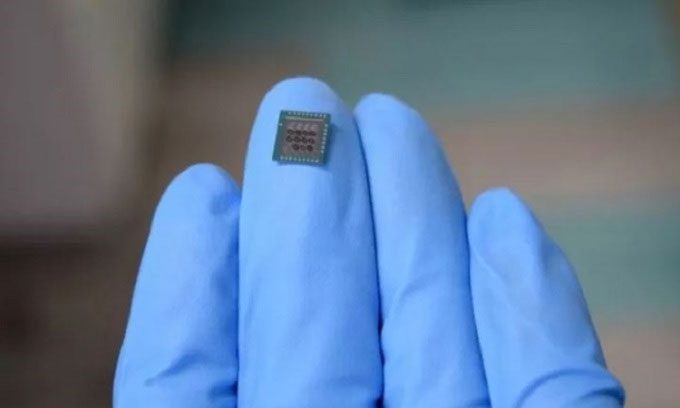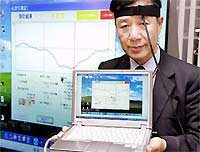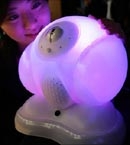Scientists Create a Security Tool for Personal Identification Using Olfactory Sensors.
A research team from Kyushu University has developed an olfactory sensor that achieves an accuracy of up to 97% in its initial testing phase. Researcher Chaiyanut Jirayupat from the Institute of Material Chemistry and Engineering at Kyushu University and his colleagues described the new sensor in a paper published on June 22 in the journal Chemical Communications.

High-accuracy olfactory sensor. (Photo: Kyushu University)
“This technology relies on the unique characteristics of each individual. Physical traits can be mimicked or even altered by injury. Recently, human scent has emerged as a new field in biometric identification. Essentially, it uses your own chemical components to verify who you are,” Jirayupat explained.
Initially, Jirayupat’s team focused on skin emissions, specifically compounds produced by human skin. However, this method has limitations, as the skin does not generate a sufficiently high density of volatile compounds for detection by machinery.
Subsequently, the scientists evaluated the potential of analyzing human breath. Jirayupat noted that breath has previously been used to identify individuals suffering from cancer, diabetes, and COVID-19. The Kyushu University research team identified a total of 28 compounds in breath that could be used for biometric identification. They developed a series of olfactory sensors with 16 sources, each capable of recognizing a distinct group of compounds. The sensor data from each individual’s breath is analyzed by machines, creating a unique profile for every person.
Research team leader Takeshi Yanagida shared that they achieved an average accuracy of 97.8% in their initial tests involving six individuals. This accuracy was maintained even as the sample size increased to 20 individuals with varying ages, genders, and nationalities.
According to Yanagida, further research is needed before introducing the system. In their study, they required volunteers to fast for six hours prior to testing. The next step is to investigate whether this technique remains effective regardless of dietary habits.




















































